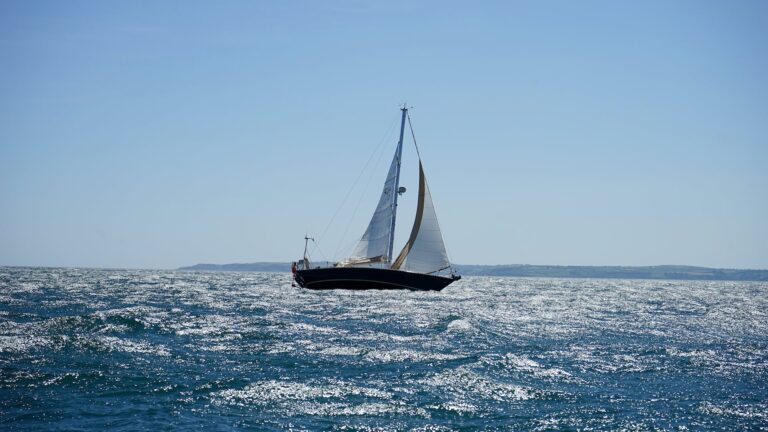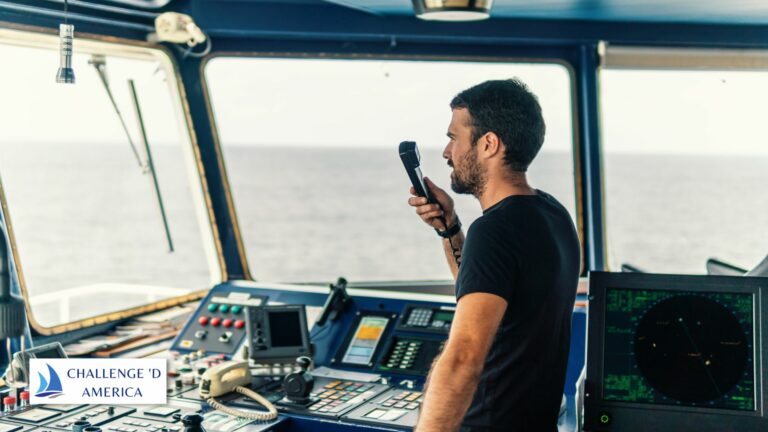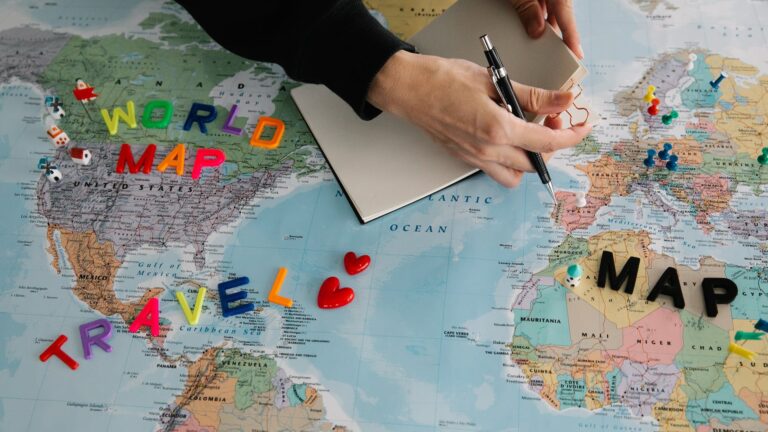How Many Sailing Directions Are There?
Introduction To Sailing Directions
Sailing directions are navigational aids published by the National Oceanic and Atmospheric Administration (NOAA) which provide information on the safest, most efficient route to sail in any given area of the world’s oceans and seas.
They can be used by both recreational sailors as well as commercial vessels, and are essential for safe navigation on the open seas.
In this article, we will explore what sailing directions are, the different types of sailing directions available, and why they are important for sailors to use when venturing out onto the open water.
What Are Sailing Directions?
Sailing directions consist of instructions, warnings, and advice that inform sailors about the local conditions encountered when exploring a certain region or area of water.
This includes things such as currents, weather patterns, hazards to navigation, port information, and more – all designed to help sailors safely navigate their way across the ocean or sea they’re exploring.
In addition to providing useful sailing advice, these navigational aids also include information about local laws and regulations that should be adhered to when in foreign waters or ports of call.
Types of Sailing Directions
Sailing directions consist of 37 Enroute volumes (which provide detailed navigational advice for specific routes) and 4 Planning Guide volumes (which give general advice about navigating in certain regions).
There is also an additional volume combining both types of directions which provides an overview of all navigational information contained within all 41 volumes.
The Planning Guide
The Planning Guide provides general navigational advice on large areas or regions throughout the world’s oceans and seas – including descriptions of currents, prevailing winds, ports-of-call information, general warnings about hazards such as reefs or shallows – as well as other important information that a sailor should know before setting out on a voyage across a given region or area of water.
This is a great resource for recreational sailors who may not be familiar with navigating in certain areas overseas or even domestically within their own country’s waters.
The Enroute Volume
The Enroute Volume consists of detailed instructions for specific routes within any given region – taking into account local conditions such as currents and winds that may affect a vessel’s progress along its route – as well as more general advice about navigating in each region covered by the volume (which is usually quite comprehensive).
This type of direction is ideal for experienced sailors who know how to read maps and navigate using traditional methods such as dead reckoning but want some extra guidance from navigators who have already been in these waters before them.
Different Regions & Their Associated Volumes
Each volume covers different regions throughout the world’s oceans and seas – ranging from Alaska to New Zealand – with each one containing detailed instructions regarding navigation within its respective region or area of water (including specific routes between major ports).
There is also additional information provided about local laws and regulations that must be adhered to when entering any given port or harbour within each covered region – making it easier for sailors to remain compliant when travelling abroad on foreign vessels or visiting foreign ports-of-call during their voyage across the open seas.
The Contents Of A Sailing Direction Volume
Each sailing direction volume contains detailed instructions regarding navigation within its respective region – including descriptions of currents, prevailing winds, weather patterns, hazards to navigation (such as reefs or shallows), port information (including regulations), anchorages/harbours/ports-of-call along various routes, charts outlining major landmarks/ports/harbours/anchorages along each route, etc.).
It also contains warnings regarding different types of natural phenomena that may affect a vessel’s progress along its intended route (such as storms or hurricanes) – making it easier for sailors to plan ahead for potential difficulties that may arise during their voyage across open waters within a certain region or area covered by one particular volume.
Why Are Sailing Directions Important?
Sailing directions are essential for safe navigation on the open seas since they provide detailed instructions regarding how to safely traverse any given area without running into trouble with hazards such as rocks or shoals while at sea – they can also help sailors plan ahead by providing them with important information regarding various ports-of-call along their intended route so that they can make sure they have all necessary supplies before venturing out onto open waters (such as fuel/food/water).
Additionally, these navigational aids contain warnings about potential dangers that may be encountered while navigating through certain regions – making it easier for sailors to prepare themselves mentally and physically before setting out on their voyage across unknown waters overseas or even domestically within their own country’s shores!
Benefits Of Using Sailing Directions
Using sailing directions has many benefits – it can save time by providing detailed instructions regarding how best to traverse any given area without running into trouble, it can help prevent accidents due to unknown hazards, it can provide invaluable port information regarding necessary supplies, it can help prevent vessels from becoming lost at sea, it can provide warnings about potential dangers, it can help prevent violations due to ignorance, etcetera – making them an invaluable asset for any sailor venturing out onto the open waters!
Potential Challenges With Sailing Directions
While sailing directions are invaluable resources for safe navigation on open waters – there are some potential challenges associated with using them – such as ensuring that you use up-to-date versions since older versions may not contain all necessary information, ensuring accuracy when interpreting charts associated with each volume, being aware that changes in weather patterns may cause previously safe routes to become dangerous due to unexpected hazards, etcetera – all things which must be taken into account before setting sail!
Conclusion
In conclusion – sailing directions are essential tools which help keep sailors safe while traversing unfamiliar areas on open waters – providing them with valuable instruction regarding how best to navigate without running into trouble while at sea!
They contain detailed instructions regarding local conditions encountered when exploring a certain region or area including things such as currents, weather patterns, hazards to navigation, port information – all designed so that sailors can safely navigate their way across oceans and seas without running into any unexpected problems!







